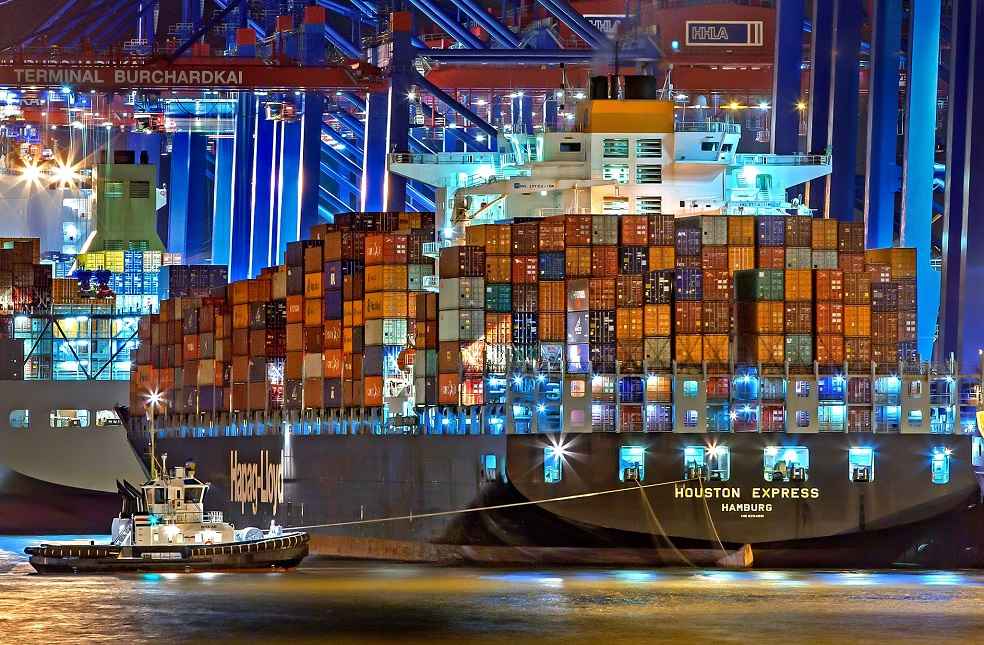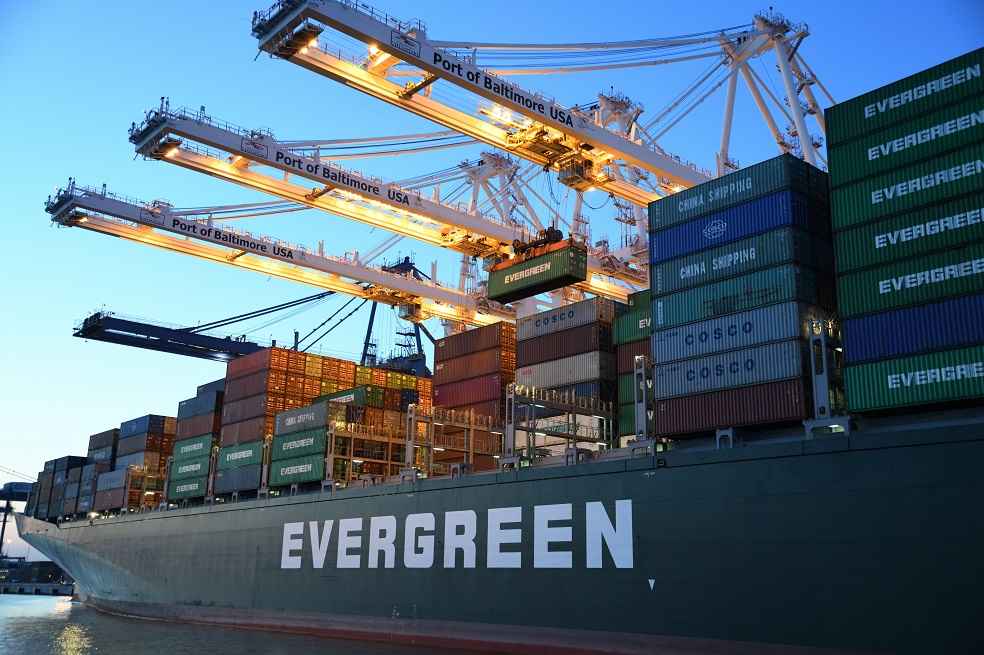The global shipping industry faces a potential slowdown due to disruptive labor disputes on the U.S. West Coast and Panama Canal restrictions.
Members of the International Longshore and Warehouse Union (ILWU) have been protesting against the lack of a contract agreement with the Pacific Maritime Association, an organization that represents U.S. West Coast ports. As a result, shipping operations have seen significant congestion and delays, with CNBC reporting average wait times stretching up to 36 hours for container vessels attempting to dock in Los Angeles.
Other California ports such as Oakland and Long Beach have also felt the strain from labor shortages. The port of Seattle ceased operations on June 10 due to labor disputes, posing challenges for shipments from Alaska to the continental U.S. Anchorage Port Spokesman Jim Jager suggested that any disruption in the Seattle-Tacoma area could adversely affect Alaska, as a majority of their goods originate there.

Despite the fact that global shipping traffic remains lower compared to last year, there has been an uptick in activity relative to pre-pandemic levels, FreightWaves reports. This progress, however, could be jeopardized by the ongoing labor disputes. Rolf Habben Jansen, CEO of Hapag-Lloyd, conveyed his hopes for a swift conclusion to the labor contract negotiations. He highlighted the need for stability in the industry, especially as we approach the peak season.
On a related note, Jonathan Gold, National Retail Federal Vice President for Supply Chain, expressed concerns to FreightWaves about labor-related delays. He mentioned that many companies might reconsider shipping to the U.S. West Coast if labor and management cannot reach an efficient operating agreement. Instead, they might shift their cargo to East Coast and Gulf Coast gateways.
Yet, these alternative strategies are also at risk due to a drought in Panama. The lower water levels in the Panama Canal mean container ships must travel with lighter loads to avoid running aground. This has led to higher fees and load restrictions. Consequently, shipping companies plan to raise prices on routes using the canal, gCaptain reports.

The current labor issues are not confined to the U.S., with shipping across Europe also feeling the pinch. Union strikes in France and walkouts at the port of Hamburg, Germany resulted in service delays in May. Despite these setbacks, the cost of shipping a 40-foot container from Europe has fallen to USD 1,400, a record low since the onset of the Covid-19 pandemic, Container xChange reports.
The logistical problems facing shippers have yet to raise global shipping rates due to a dampened demand and supply-demand imbalance, as per Christian Roeloffs, CEO of Container xChange. He revealed industry sentiment as generally negative, with the sector awaiting a resurgence in demand that seems elusive for the upcoming peak season.
On a brighter note, Middle Eastern ports have been experiencing an increase in container traffic. For instance, Saudi Arabia saw a 13.3 percent increase in container throughput in April 2023 year-over-year. Qatar’s ports Hamad, Doha, and Al Ruwais collectively experienced a 114 percent increase in their April container throughput year-over-year. Likewise, Oman, whose ports have evolved into some of the largest in the Middle East, also reported an uptick in container throughput.
BANKING & FINANCE: Russian Cyber Attack Exposes Private Data of Thousands Across UK’s Top Firms



